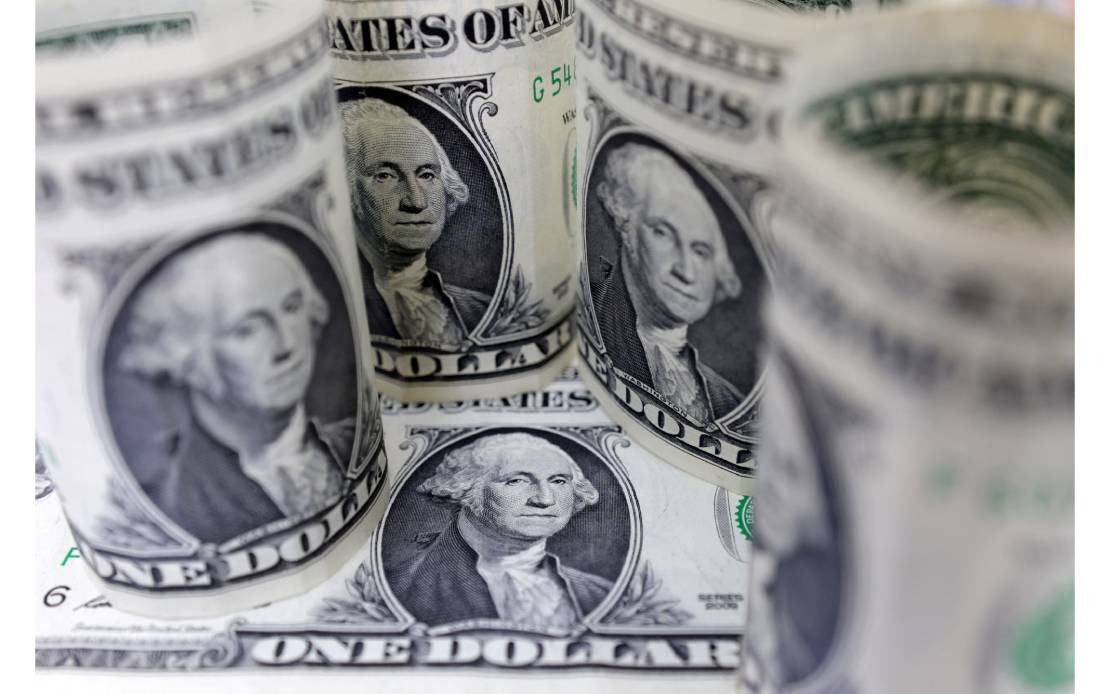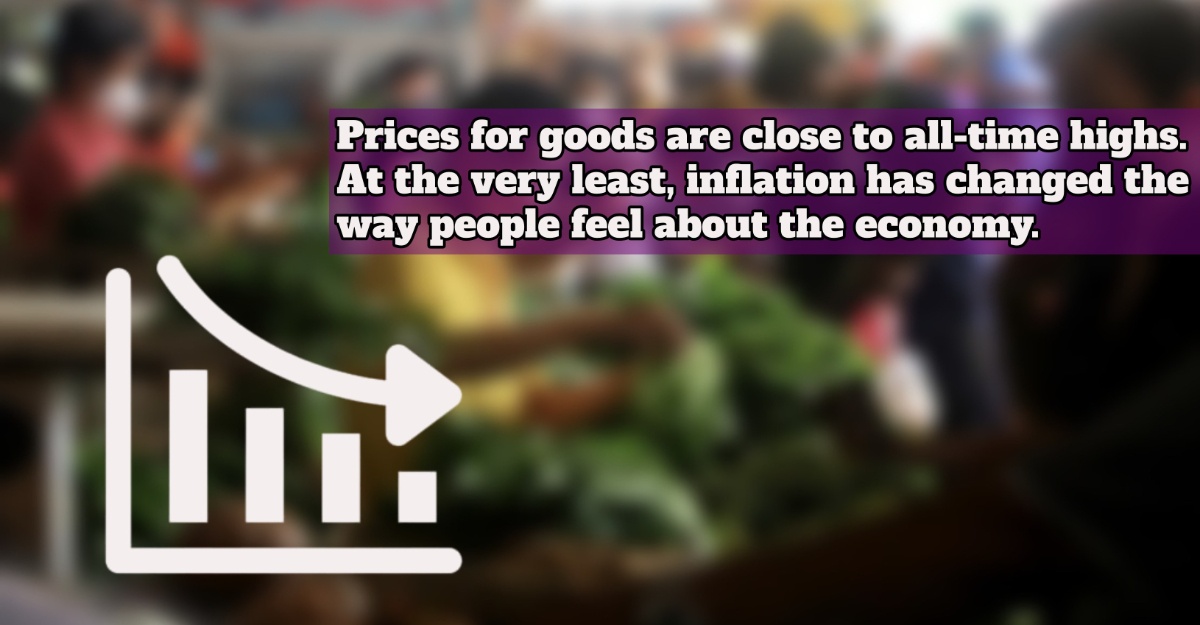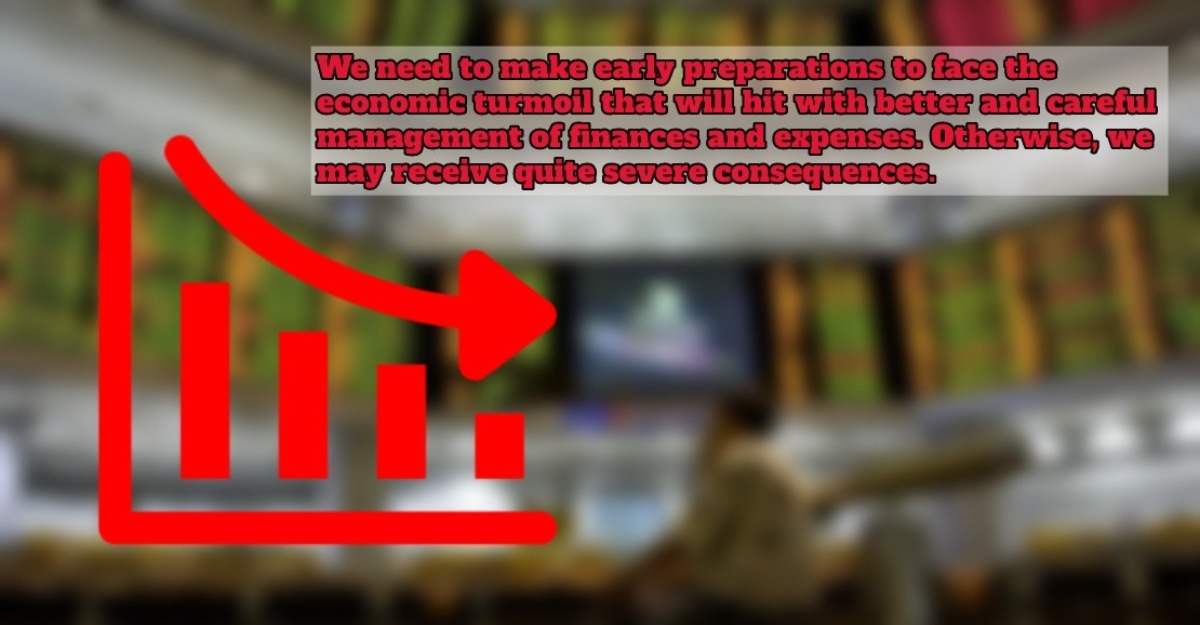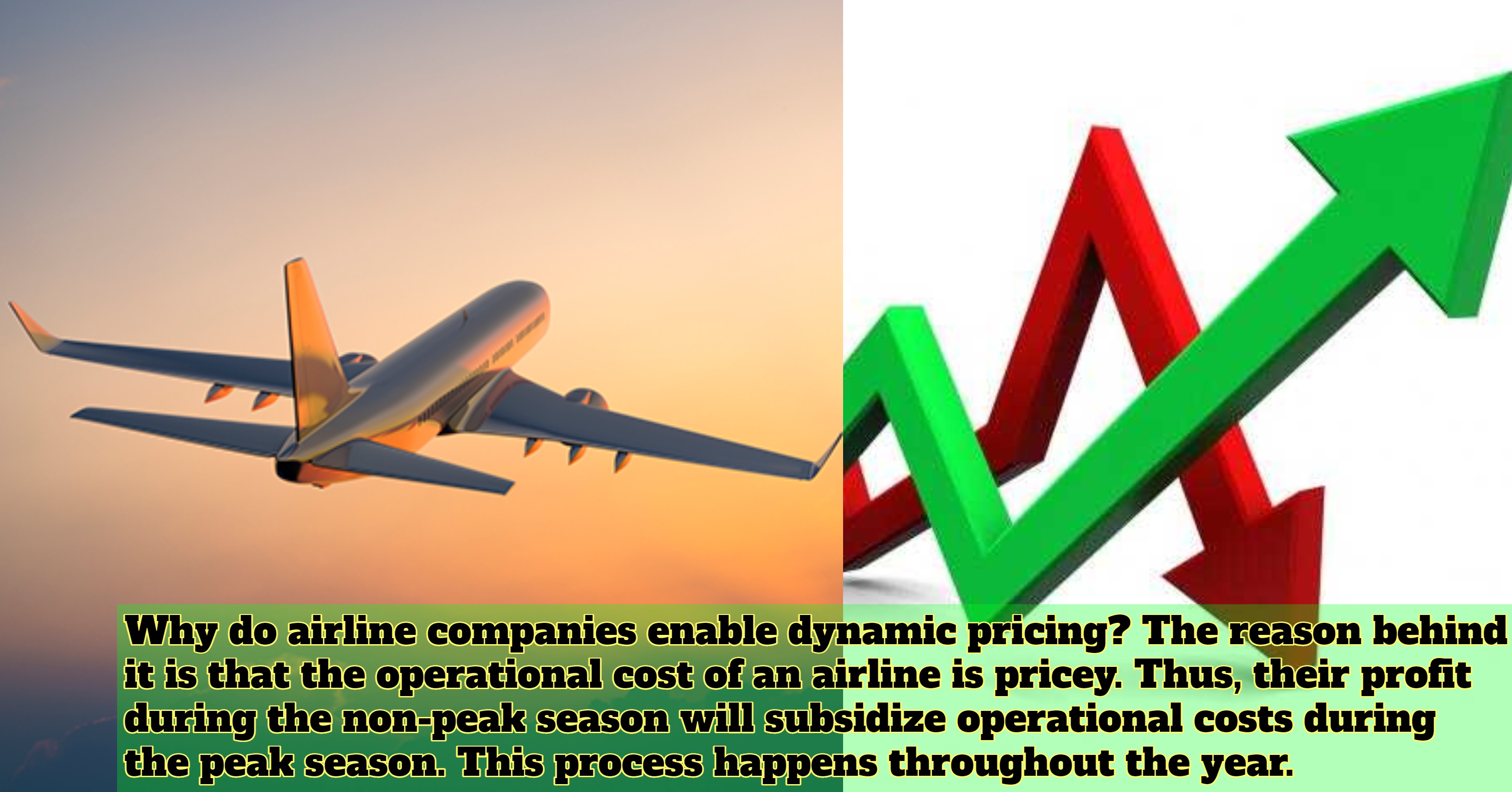Every day brings fresh headlines that reflect mounting economic concerns: The highest inflation rate since the 1970s, and it shows no signs of slowing down. Central banks increase rates rapidly. The mood of consumers is at an all-time low.
Prices for goods are close to all-time highs. At the very least, inflation has changed the way people feel about the economy. It may also have changed the path of global and national economies around the world for years to come. According to McKinsey’s experts, there are seven reasons for inflation’s insidious advancement.

The 7 reasons for inflation’s insidious advancement
1. Double trouble
In the past six months, inflation has been much higher than what was expected in December 2021. In many countries, actual rates are double what was expected. European countries are especially affected. For instance, the rate of inflation in Lithuania is 15.5% per year, which is nearly five times the rate that was expected.
However, Asia is going through a less severe change. India’s inflation is about 7%, which is just a little bit higher than what was expected. In China and Japan, inflation remains low.
2. The cavalry
The worrying rise in inflation around the world has prompted central banks to raise their core landing rates. However, rate increases in the vast majority of countries have lagged behind inflation so far.
3. Housing
Even before the inflation wave of 2022. houses price went up significantly because of the pandemic. This caused a huge reshuffle in the real estate market. In a fairly global trend, houses price went up much more than anyone expected.
Homeowners in Turkey, the Czech Republic, and Lithuania made the biggest gains. In North America, the surge was beneficial for the United States, and Canada, but not for Mexico.
In Colombia, one of three countries in South America that are members of the Organization for Economic Cooperation and Development (OECD), gains were small. During the pandemic, real house prices in OECD countries went up by a lot.
4. Commodities’ contributions
Investors frequently claimed that commodities are the best area to invest during periods of inflation. This is because commodity prices reflect the demand for essential raw resources for economic advancement.
Most of the goods in this exhibit follow the same pattern: prices went up as economic stimulus helped the global economy get back on its feet after the COVID-19 pandemic.
Then, during Rusia’s invasion, prices went up even more. Fertilizer prices went up the most. Fertilizer prices went up sharply because there wasn’t enough natural gas, which is a key ingredient in making fertilizer. Also, it was because farmers bought more of it.
5. Food crisis
The rise in fertilizer prices and other war-related repercussions have driven up food prices. Since 2021, food costs have reached their greatest level since the United Nations’ Food & Agriculture Office began tracking them.
The 2008 and 2011 prices spiked were caused by the global financial crisis. Since then, prices have fallen. Supply chain problems, drought, and other factors drove prices up in 2021. The Ukraine war has skyrocketing food prices.
6. Falling wages
In the biggest OECD economies, real wages flatlined for years. Before the pandemic, real salaries soared and tight labor markets provided workers an edge in negotiations. Then, the pandemic changed everything.
Real wages rose as economies stabilized and reflated. Inflation rose so quickly that it reduced people’s purchasing power. Real pay for UK workers has fallen about 8% year-over-year.
7. A worsening growth outlook
As prices skyrocket and show few signs of abating, central banks may have to boost rates to dampen demand.
Many analysts are downgrading economic growth estimates.
In the OECD’s Economic Outlook, Turkey’s real GDP growth is eight percentage points lower than prior projections, and Argentina’s is nearly the same. UK projections are down 7.4%. With oil in high demand, Saudi Arabia’s GDP growth predictions are 6 percentage points higher.
Source: McKinsey






